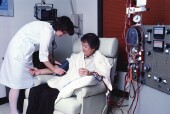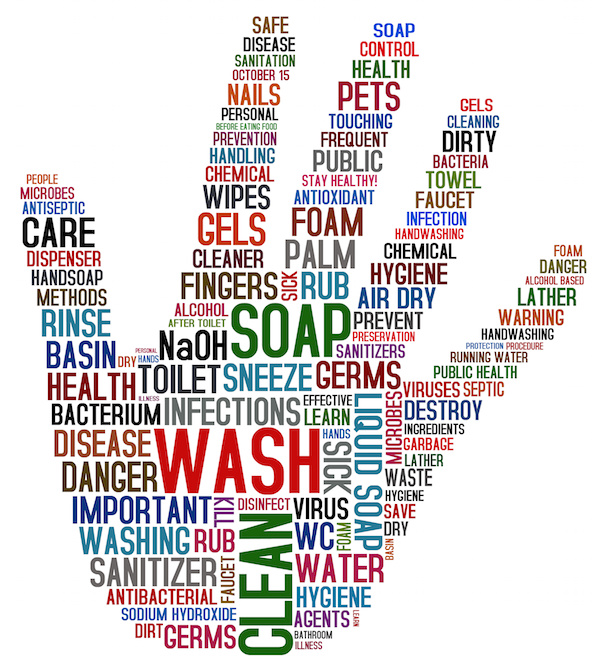
FRIDAY, April 23 (HealthDay News) — Infusion pumps used in hospitals and homes to deliver medication and nutrients to patients have been a source of persistent safety problems that have now prompted the U.S. Food and Drug Administration to address these issues, health officials said Friday.
Over the past five years, the FDA has received more than 56,000 reports of problems with these pumps, including more than 500 deaths.
“These pumps often provide critical fluids to high-risk patients, so failures have significant implications,” Dr. Jeffrey Shuren, director of FDA’s Center for Devices and Radiological Health, said in a news release. “It is time for a more comprehensive approach than we’ve taken to date.”
According to the FDA, from 2005 to 2009, there were 87 infusion pump recalls to deal with safety problems.
Common infusion pump problems include:
- Software glitches such as failures of safety alarms.
- Confusing instructions leading to dosing errors.
- Mechanical or electrical failures, such as battery failures, sparks or pump fires.
These problems have been found in pumps from many manufacturers and are most likely caused by defects in the design and engineering of these products, according to the agency.
To start correcting these problems, the FDA has sent a letter to pump manufacturers advising them that additional risk assessments may need to be conducted to support clearance of new or modified pumps.
In addition, the agency has published a draft guidance recommending that infusion pump manufacturers start providing additional design and engineering data to FDA during premarket review of the devices.
The letter also invites manufacturers to submit their infusion pump software codes to the agency for analysis of potential software problems.
The FDA is also asking doctors to consider the following steps to make infusion pumps safer to use:
- Be prepared to deal with pump failures.
- Label pumps and tubing to avoid errors.
- Check pump settings to prevent under-dosing or overdosing.
- Report problems to the FDA.
More information
For more information on infusion pumps, visit the U.S. National Library of Medicine.

